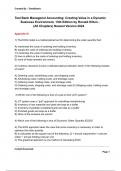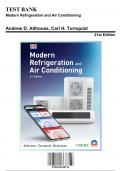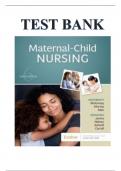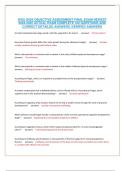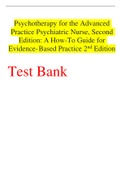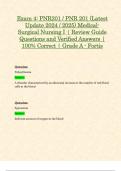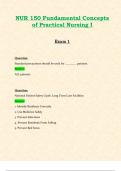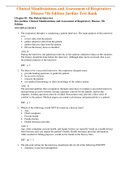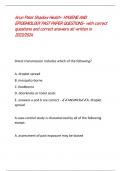Examen
Test Bank Managerial Accounting: Creating Value in a Dynamic Business Environment, 13th Edition by Ronald Hilton - (All Chapters) Newest Version 2024
- Cours
- Établissement
- Book
Test Bank Managerial Accounting: Creating Value in a Dynamic Business Environment, 13th Edition by Ronald Hilton - (All Chapters) Newest Version 2024
[Montrer plus]
